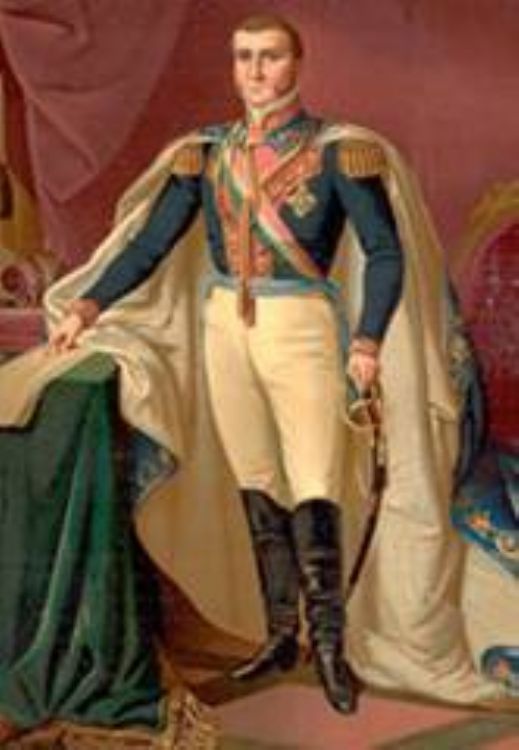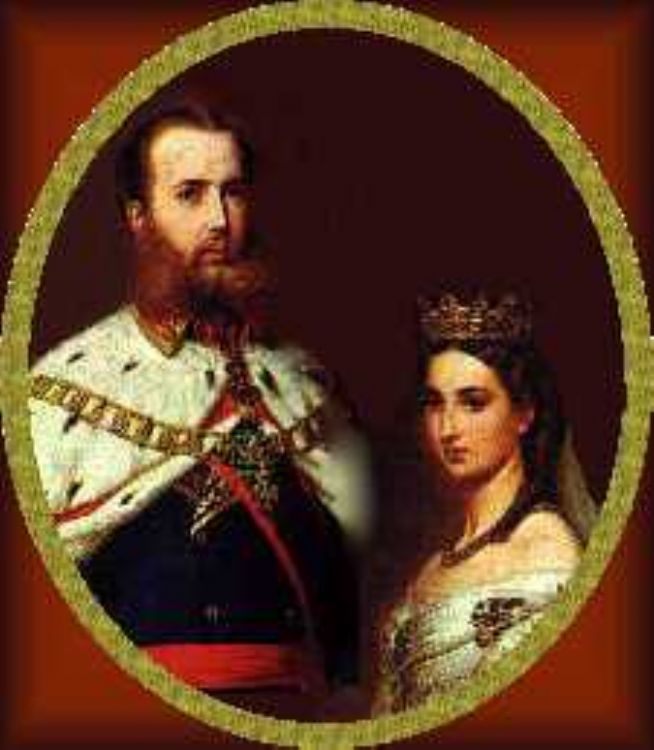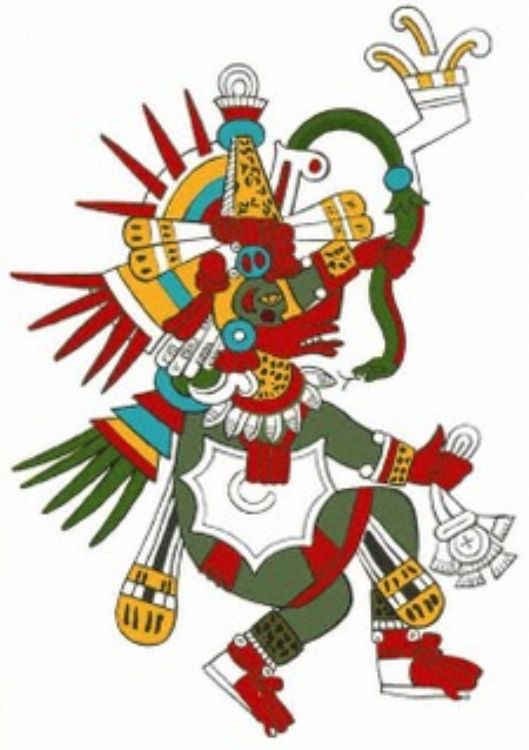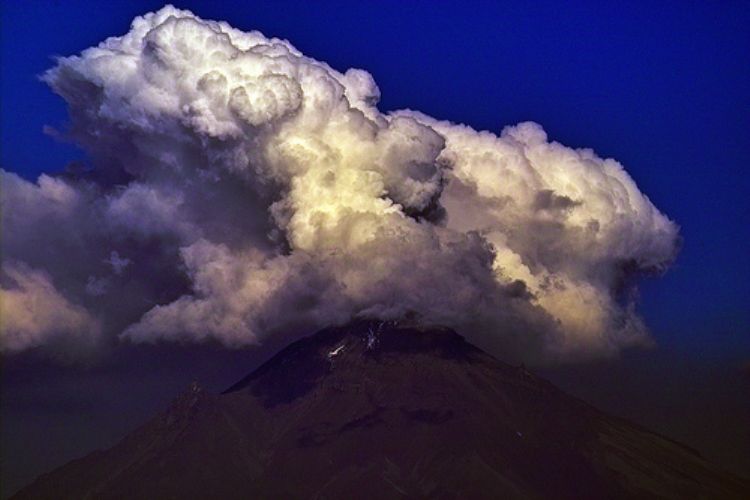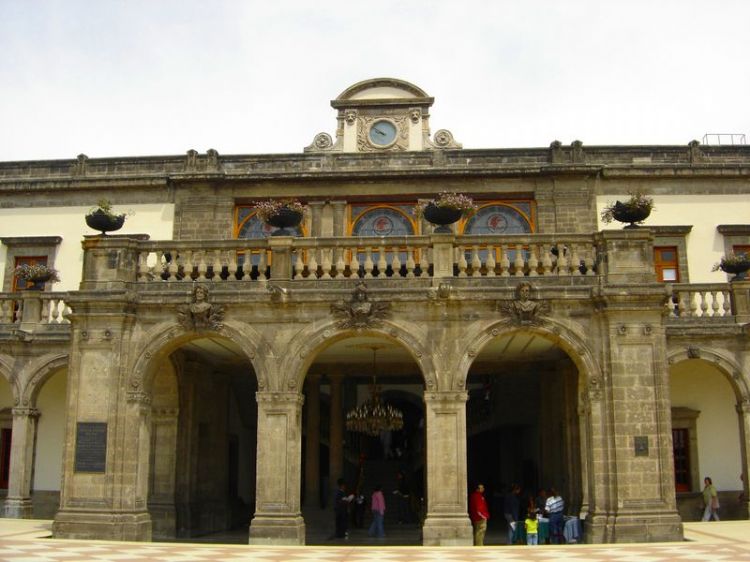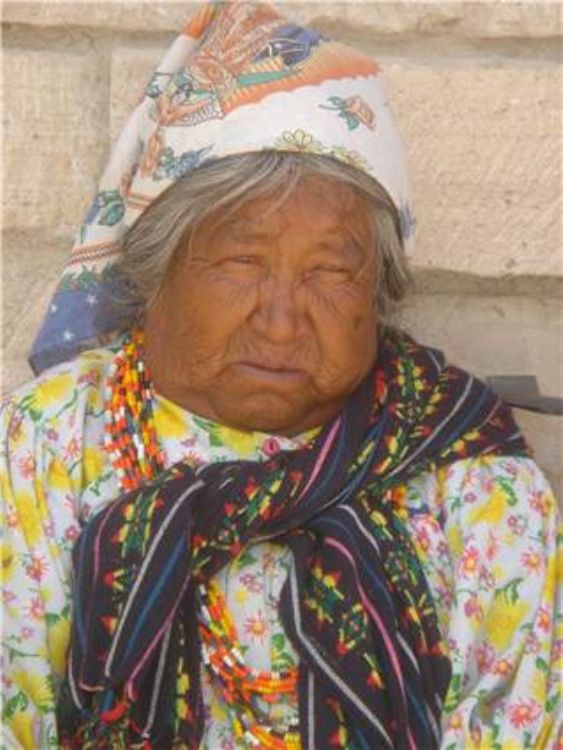The Magical Beaches of Oaxaca Mexico
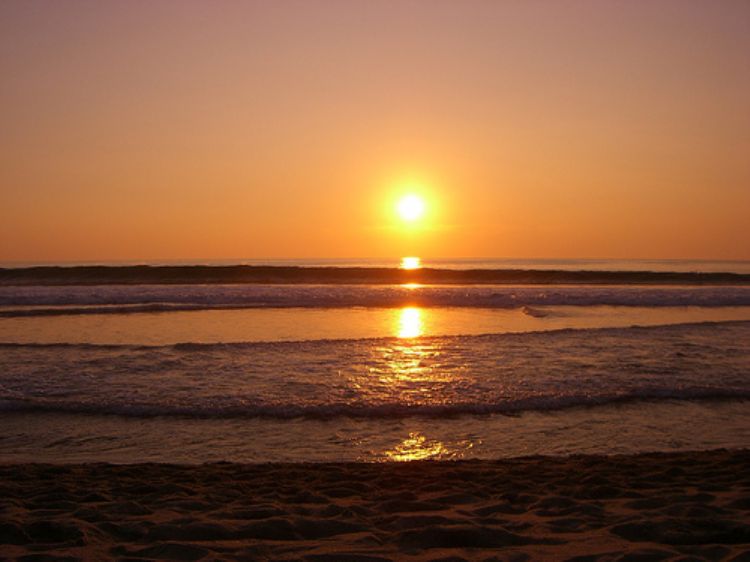
The State of Oaxaca is one of Mexicoâs 32 Federal States; it is located on the countryâs south, it borders with the States of Guerrero, Puebla, Veracruz and Chiapas. It has nearly 600 kilometers of coast on the Pacific Ocean. Because of its size, it is the fifth largest State in the country and hosts a great multicultural composition of more than 16 ethnic groups.
HUATULCO
The Bays of Huatulco, within the municipality of Santa Maria de Huatulco, are world famous for being an excellent tourism destination.
Mexicas called it Cuahtolco, which means âplace where the piece of wood is worshipedâ, through time the word changed to the current name of Huatulco. Since the beginning of the Spanish conquest, Huatulco was used as a commercial port with such success that it became of great interest for pirates, especially Sir Francis Drake in 1578 and Thomas Cavendish in 1587.
In 1969, Mexicoâs government began a project to promote tourism, especially to beach destinations. In search of the proper territories for tourism developments, the bays of Huatulco seemed optimal for their peaceful fine sand beaches.
Thanks to this promotion, Huatulco has achieved undisputable international fame for its great tourism infrastructure, specially its hotels, restaurants, night clubs and golf courses; a truly magical paradise for visitors to enjoy its natural beauties. Huatulcoâs main attraction is its nine beautiful bays:
1. Bahía de Tangolunda: word in Zapoteco meaning âPretty Womanâ. It has five star hotels, a shopping mall and a golf course with 18 holes par 72 and a beautiful view of the Pacific Ocean.
2. Bahía de Chahue: word in Zapoteco meaning âFertile landâ or âsumid landâ, it has a yacht club with beach club, a spa and is surrounded by beautiful gardens. A great variety of gastronomic options can be enjoyed in its multiple quality restaurants.
3. Bahía de Santa Cruz: it is Huatulcoâs main bay, from its many boats and ships embark from its pier to a fascinating tour of the bays. Its cruise ship port has detonated the regionâs economy, it currently receives close to 50 cruise ships per year. This bay has the beaches of Entrega, Hierbabuena and Punta Santa Cruz. According to legend, the Cross of Huatulco was placed 2000 years ago by a man in a tunic and long beard, who spoke in Mixteca tongue in passed some days among its dwellers. In 1587, when Thomas Cavendish arrived to ransack the town and didnât find enough loot to satisfy his ambition, he ordered it burned. When the fire had burned out, the only thing left standing was the Black Cross. Cavendish ordered it destroyed with axes but they broke, then he tied it with strong cables to his ship to tear it down, but he didnât achieve this either, so he attempted to light it on fire by smearing it with tar, but the cross remained intact. The fame of the Cross grew such that 2,000 persons visited it in a pilgrimage from Peru; they cut splinters from it to marvel at its ability to stay standing. Archbishop Guillow, in 1895, placed another cross in Huatulco, at the same place as the original, and is the one preserved until today.
4. Bahía Conejos: it hosts the beautiful beaches Punta Arena and Playa Conejos, providing a placid contact with nature while horseback riding and swimming in its clear water, ideal for diving and fishing.
5. Bahía Maguey: it is a great place to enjoy seafood under its palm tree huts and rest.
6. Bahía de Cacaluta: word in Zapoteca meaning âblack birdâ, cacalote. This bay is also known as âBoca del Cieloâ, here is Laguna el Zanate which receives a great variety of migrating birds. It is ideal to enjoy its beautiful flora and fauna.
7. Bahía San Agustín: the location of one of the largest coral reefs in the Pacific Ocean, it is ideal for diving and snorkeling. There is a long tradition of admiring the beautiful sunsets from its Playa Coyote.
8. Bahía de Chachacual: this nature reserve has extraordinary species of flora and fauna.
9. Bahía del Órgano: its sofá waves and peaceful beach makes it very safe for water sports amateurs.
PUERTO ESCONDIDO
According to legend, fierce Pirate Drake disembarked in a small and uninhabited bay near Colotepec River to rest for a few days. He had kidnapped a Mixteca girl, who taking advantage of her captorâs lack of guard, escaped and hid in the jungle, where pirates could never find her again. Since then, each time the pirate returned to that area, he ordered his men to search for âla escondidaâ (the hidden), referring to that Mixteca girl. This is why they began calling it âBahía de La Escondidaâ (bay of the hidden), named that transformed into the current Puerto Escondido.
Puerto Escondido is located to the south of Oaxacaâs capital; it offers beaches with greenish blue water and fine sand surrounded by exuberant vegetation. Outstanding among its beaches is Zicaleta, host of a yearly surfing tournament and Playa Principal, where an important sports fishing event takes place each November. Nearby is Parque Nacional Lagunas de Chacahua, a lagoon with mangroves where endemic species nest, such as crocodiles, iguanas and exotic birds.
Puerto Escondido is known for its delicious Oaxaca cuisine, great night cubs, traditional cult to âVirgen de Juquilaâ and black coral crafts.
ZICATELA
Zicatela is a word in náhuatl meaning âplace of large thornsâ. It is one of the most visited beaches for one of the most important surfing tournaments in Mexico, the world famous Mexpipe Challenge Surf Carnival which is celebrated every February, other international surfing tournaments are also celebrated throughout the year.
Its visitors enjoy a spectacular landscape from the main avenue, an excellent cuisine and coastal music on the edge of the sea.
PUERTO ANGEL
Puerto Angel is a small fishing port with a peculiar rustic beauty, located between Puerto Escondido and the Bays of Huatulco. In 1868 it flourished for the transportation of coffee and lumber. With time, it became forgotten and is currently a peaceful port mainly dedicated to fishing. From Puerto Angel you can take a tour of the surroundings, such as La Laguna de Ventanilla to observe crocodiles and a great variety of birds or to Chacalapa to enjoy the springs and Los Reyes waterfall.
ZIPOLITE
Zipolite in Zapotec means âbeach of the deadâ, it is a nudist beach located three kilometers to the west of Puerto Angel. This beach became famous in the 1970âs with the arrival of hippie colonies because it was the only nudist beach in Mexico.
MAZUNTE
Mazunte is named for the blue crab that was abundant in this area and is a small town that has known how to balance tourism with the preservation of natural resources, thanks in part for the effort of most of its hotels to integrate and respect the environment.
On the beach of Mazunte is the Mexican Turtle Center, an institution dedicated to research and preservation of this specie, this beach is one of the main reserves for sea turtles on Mexicoâs Pacific coast.
SALINA CRUZ
According to legend, Salina Cruz began as a small village of fishermen from Tehuantepec, who attracted by the Laguna Colorada lagoon that provided them with fish and other sea products when it was full and salt when it was empty. Dwellers rejected the evangelization efforts of catholic missionaries who arrived during the Spanish conquest. The missionaries, in an attempt to win them over, one night formed a cross in the middle of the salt mine. People believed it was a miracle and therefore decided to accept the catholic faith; the name of Salina Cruz makes reference to that salt and cross.
Salina Cruz is a port dedicated to the activities of refineries, salt mines, shipyards and tourism; it is located to the southeast of Oaxaca City. Its three main beaches are Playa Azul, Playa las Escolleras and Bahía la Ventosa.
Artículo Producido por el Equipo Editorial Explorando México.
Copyright Explorando México, Todos los Derechos Reservados.
Foto Portada: Jo Simon Ver Licencia y Autor

